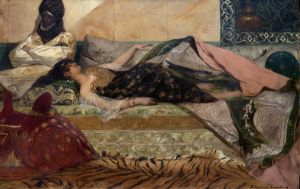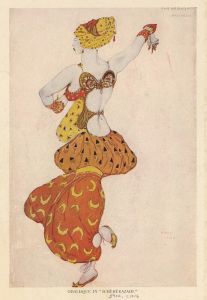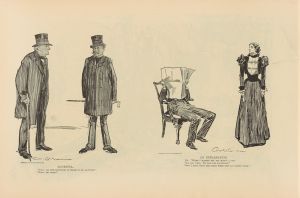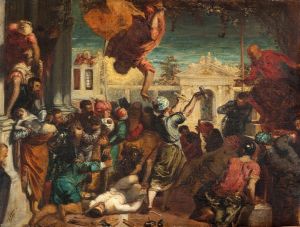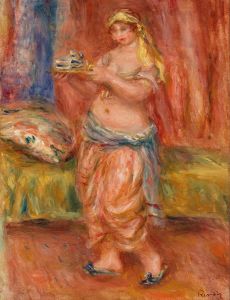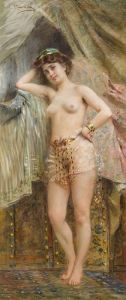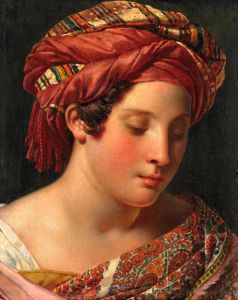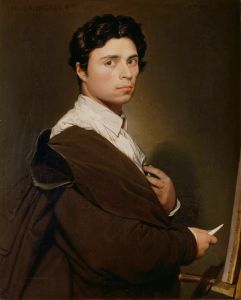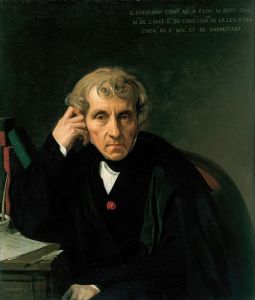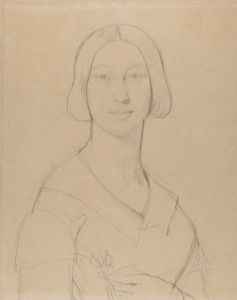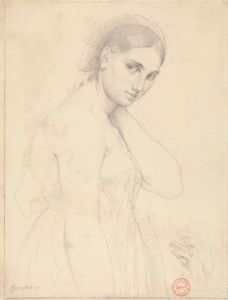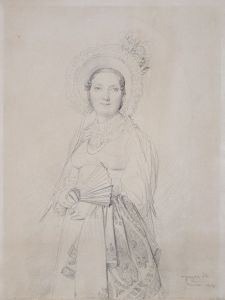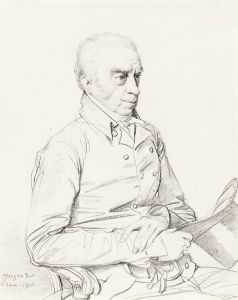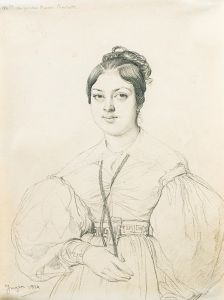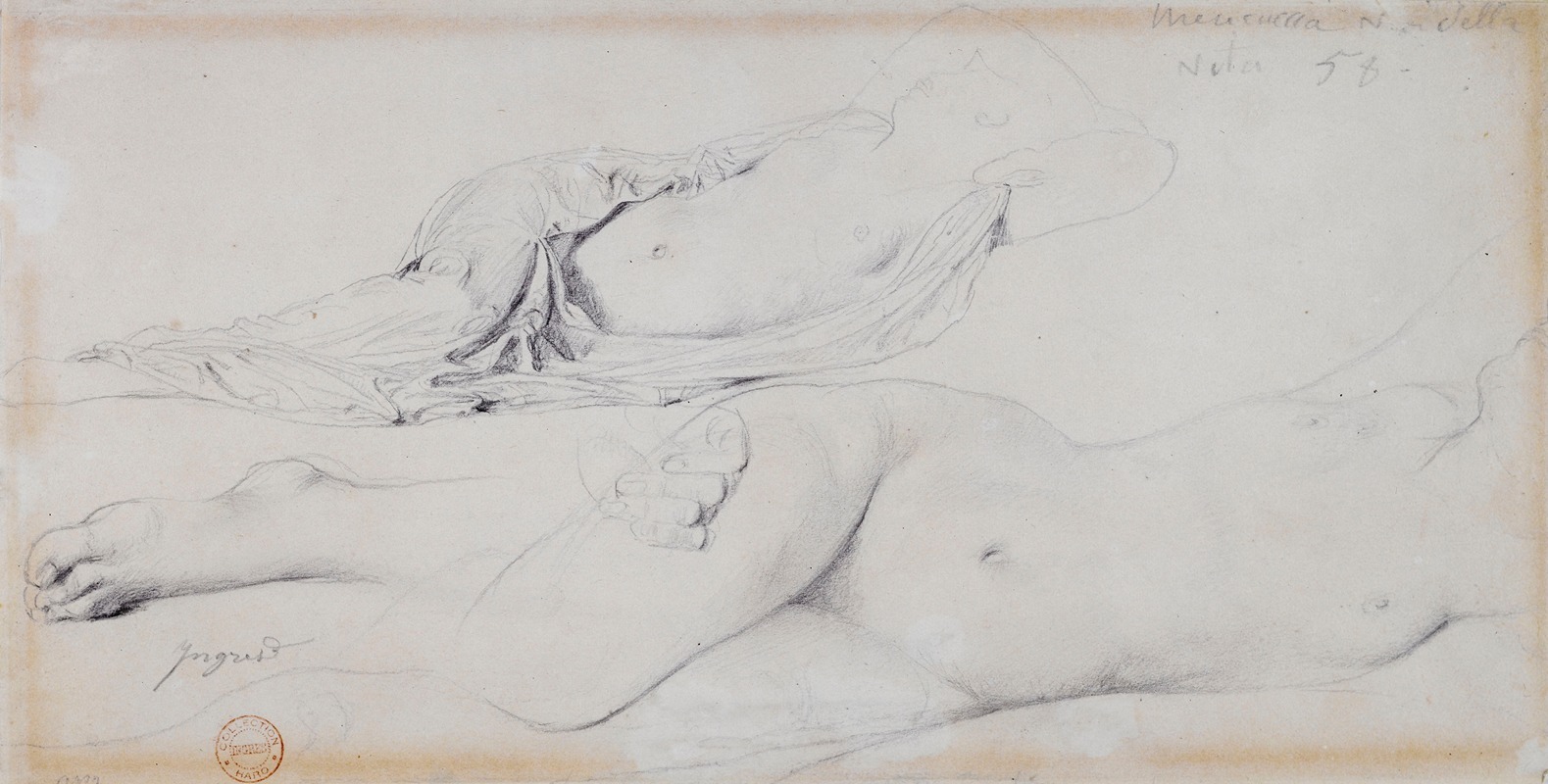
Etude pour l’Odalisque à l’esclave
A hand-painted replica of Jean Auguste Dominique Ingres’s masterpiece Etude pour l’Odalisque à l’esclave, meticulously crafted by professional artists to capture the true essence of the original. Each piece is created with museum-quality canvas and rare mineral pigments, carefully painted by experienced artists with delicate brushstrokes and rich, layered colors to perfectly recreate the texture of the original artwork. Unlike machine-printed reproductions, this hand-painted version brings the painting to life, infused with the artist’s emotions and skill in every stroke. Whether for personal collection or home decoration, it instantly elevates the artistic atmosphere of any space.
Jean Auguste Dominique Ingres, a prominent French Neoclassical painter, created "Etude pour l’Odalisque à l’esclave" as a preparatory study for his larger and more famous work, "Odalisque with Slave" (1839). Ingres is renowned for his meticulous draftsmanship and his ability to blend classical themes with a romantic sensibility, which is evident in this study.
"Etude pour l’Odalisque à l’esclave" serves as a testament to Ingres' process of refining his compositions through detailed studies before executing the final painting. This particular study focuses on the figure of the odalisque, a term used in the 19th century to describe a female slave or concubine in a harem, which was a popular subject in Orientalist art. The study captures the languid pose and exotic allure that characterize Ingres' depiction of the odalisque, reflecting the Western fascination with Eastern themes during this period.
Ingres' interest in the Orient was part of a broader trend among European artists of the 19th century, who were captivated by the perceived exoticism and sensuality of Eastern cultures. This fascination was fueled by travel literature, colonial expansion, and the Romantic movement's emphasis on emotion and imagination. Ingres, however, approached these themes with a classical restraint, focusing on line and form rather than the more dramatic color and brushwork favored by some of his contemporaries.
The study likely served as a means for Ingres to experiment with the composition and anatomy of the figure, ensuring that the final work would achieve the desired balance and harmony. Ingres was known for his rigorous approach to drawing, often producing numerous studies and sketches before committing to the final canvas. This meticulous preparation is evident in the precision and clarity of "Etude pour l’Odalisque à l’esclave," which highlights Ingres' skill in rendering the human form with elegance and grace.
While the study itself may not contain the rich color and detail of the finished painting, it provides valuable insight into Ingres' artistic process and his ability to convey sensuality through line and form. The odalisque's pose, with its subtle curves and relaxed posture, exemplifies Ingres' mastery of the female nude, a subject he returned to frequently throughout his career.
"Etude pour l’Odalisque à l’esclave" is an important piece within Ingres' oeuvre, illustrating his dedication to classical ideals and his ability to infuse them with a sense of exoticism and allure. It stands as a precursor to the completed "Odalisque with Slave," which remains one of Ingres' most celebrated works, housed in the Walters Art Museum in Baltimore. Through this study, viewers can appreciate the careful planning and artistic vision that underpin Ingres' larger compositions, as well as his contribution to the Orientalist genre in 19th-century art.





